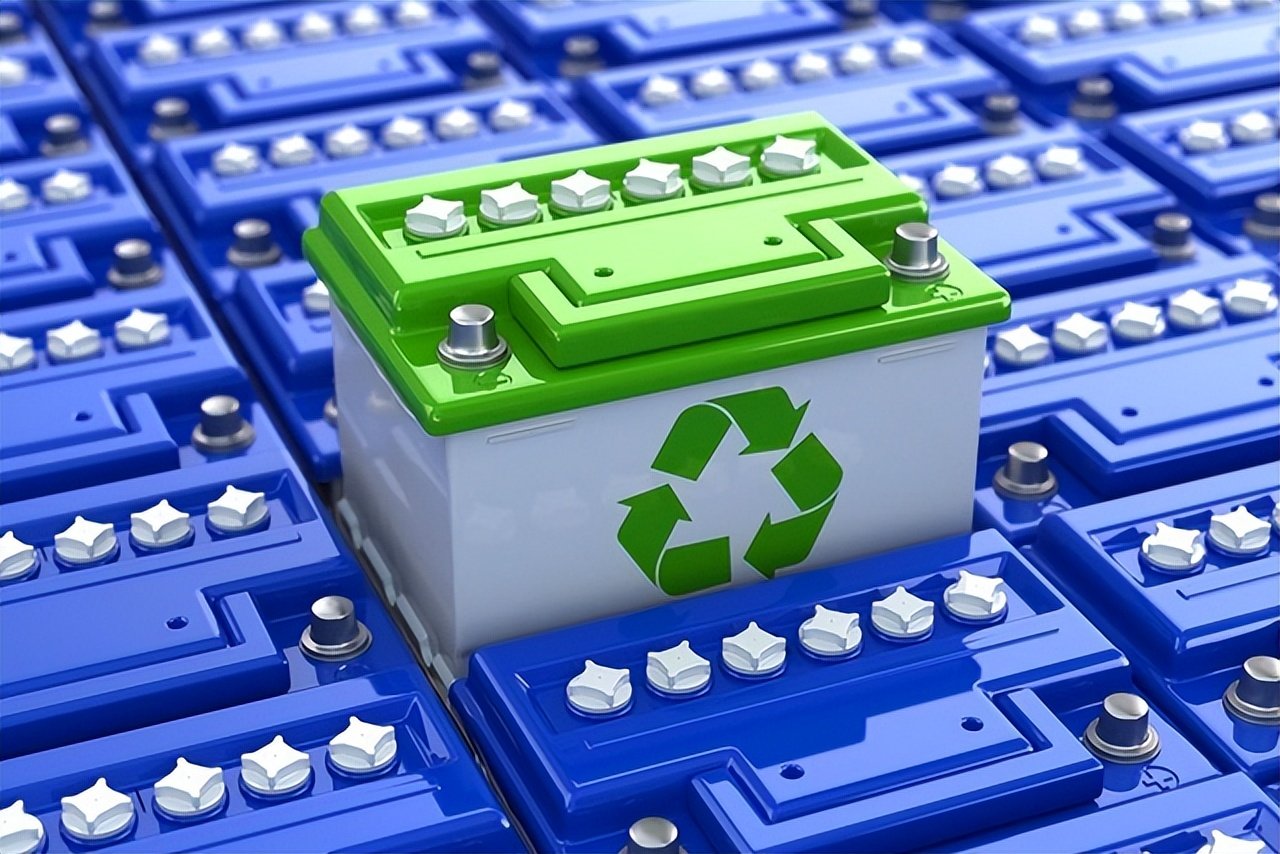Lithium batteries have become the backbone of modern portable electronics, electric vehicles (EVs), and renewable energy storage. Their dominance is not accidental—lithium offers unique electrochemical properties that make these batteries lighter, more powerful, and longer-lasting than traditional alternatives.
1. Basic Working Principle
A lithium battery stores and releases energy through the movement of lithium ions between two electrodes:
- Anode (negative electrode): usually made of graphite, where lithium ions are stored during charging.
- Cathode (positive electrode): commonly composed of lithium metal oxides (such as NMC, LFP, or NCA), where lithium ions return during discharge.
- Electrolyte: a liquid or gel that enables ion transport while preventing electrical short-circuit.
- Separator: a porous membrane that keeps anode and cathode apart, ensuring safe operation.
When charging, lithium ions move from the cathode to the anode. When discharging, the ions travel back to the cathode, releasing stored energy as electricity.
2. Key Advantages
- High Energy Density: Lithium batteries can store more energy in less weight and volume, enabling longer run times and lighter designs.
- Low Self-Discharge: They retain charge far better than nickel-based batteries.
- Long Cycle Life: Many lithium chemistries can withstand thousands of charge-discharge cycles with proper management.
- Fast Charging: Modern designs support rapid charging without significant performance loss.
3. Different Lithium Chemistries
Not all lithium batteries are the same. Common types include:
- Lithium Iron Phosphate (LFP): Excellent thermal stability and safety, ideal for EV fleets and stationary storage.
- Nickel Manganese Cobalt (NMC): High energy density, widely used in EVs for extended driving range.
- Lithium Nickel Cobalt Aluminum Oxide (NCA): High performance and energy density, often used in premium EV applications.
- Lithium Polymer (Li-Po): Lightweight and flexible form factor, common in consumer electronics and drones.
4. Safety Considerations
Despite their advantages, lithium batteries require careful design to avoid risks such as overheating or thermal runaway. Modern systems rely on Battery Management Systems (BMS) to monitor voltage, temperature, and current, ensuring safe and efficient operation.
5. Future Trends
Research is rapidly advancing toward:
Research is rapidly advancing toward:
Next-Generation Materials: such as silicon anodes and lithium-sulfur cathodes for even higher capacity.
Solid-State Batteries: replacing liquid electrolytes with solid ones for improved safety and energy density.
Recycling Technologies: reclaiming valuable lithium and cobalt to reduce environmental impact.
Conclusion
Lithium batteries represent one of the most important technological enablers of the 21st century. Their balance of high energy density, long cycle life, and scalability makes them essential for everything from smartphones to electric vehicles and large-scale renewable energy storage. As innovation continues, lithium-based systems will only become safer, more efficient, and more sustainable, powering the transition to a clean energy future.






Solak
January 5, 2025 6:28 amOur advanced energy storage solutions allow you to store excess energy generated from renewable sources like solar and wind. This enables a constant, uninterrupted power supply,
Solak
January 5, 2025 6:31 amOur team of experts provides in-depth consultations to help you explore the best renewable energy options for your property.
Solak
January 5, 2025 6:31 amMaximize your energy efficiency with our smart energy management systems. We offer tools and software to monitor, analyze, and optimize your energy consumption,